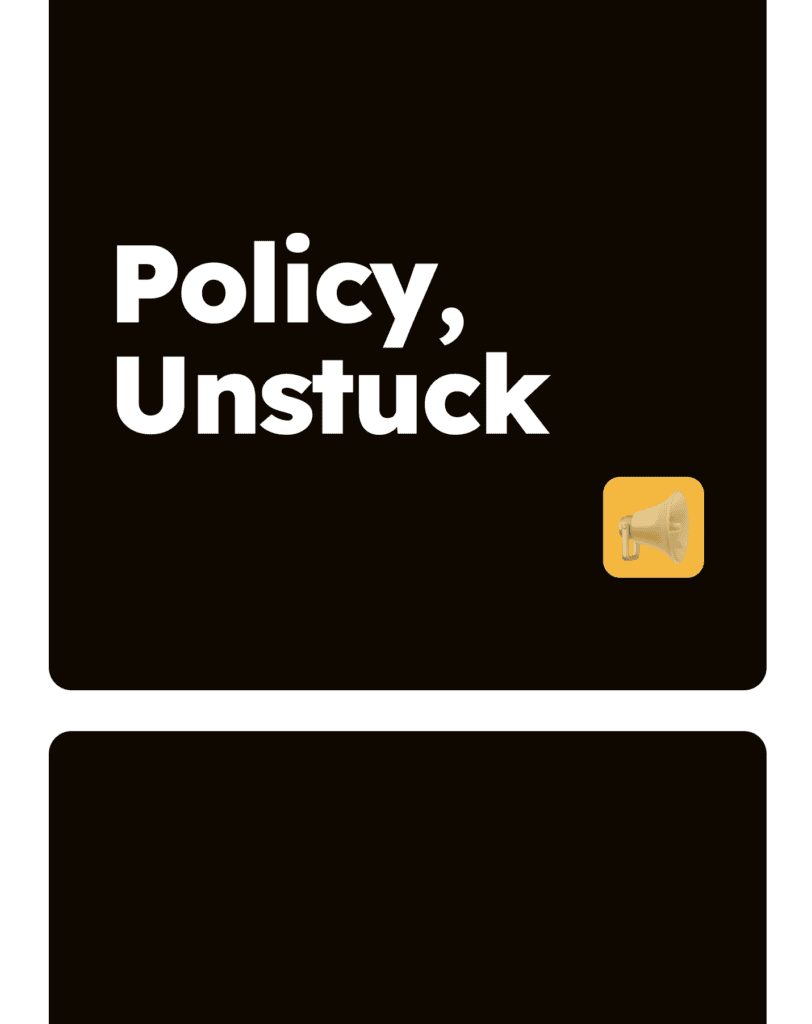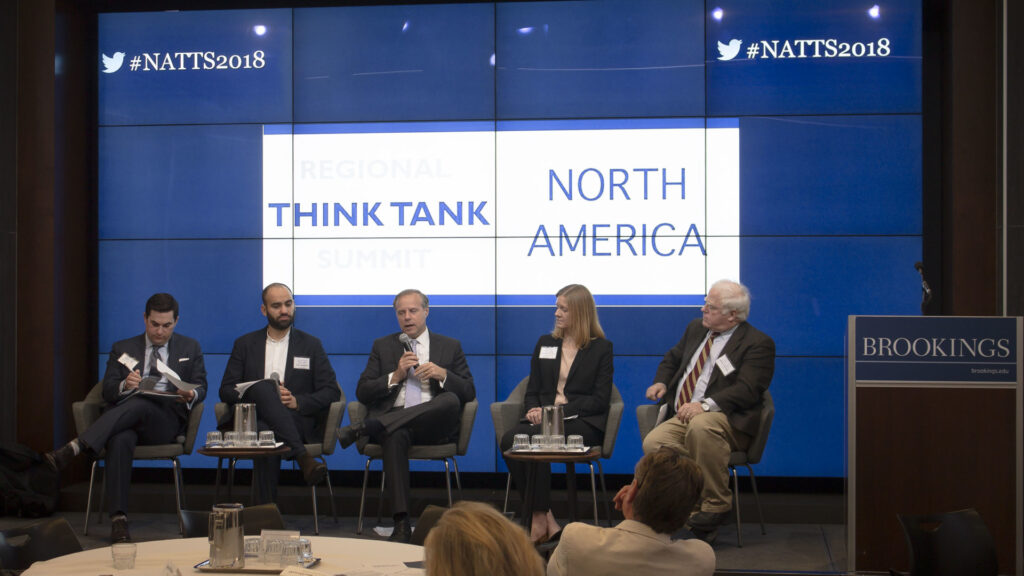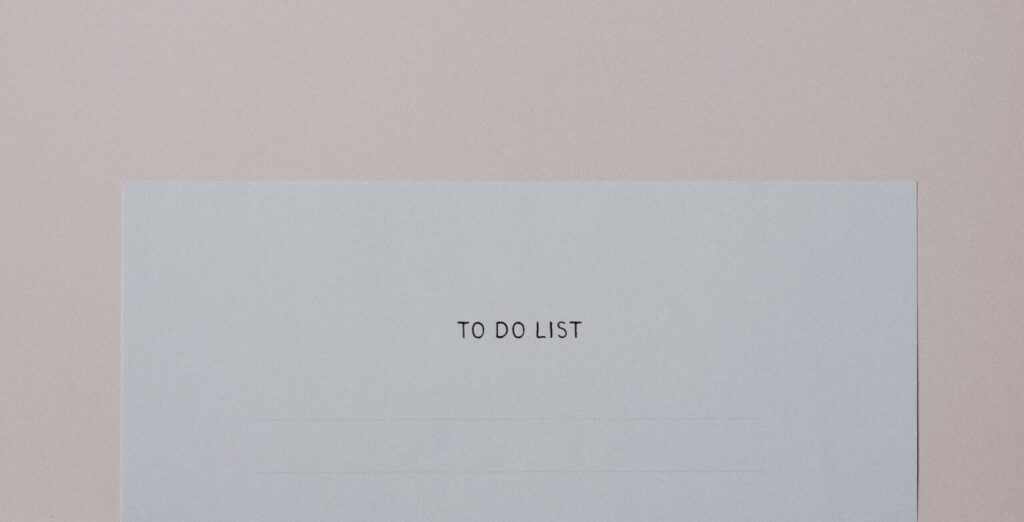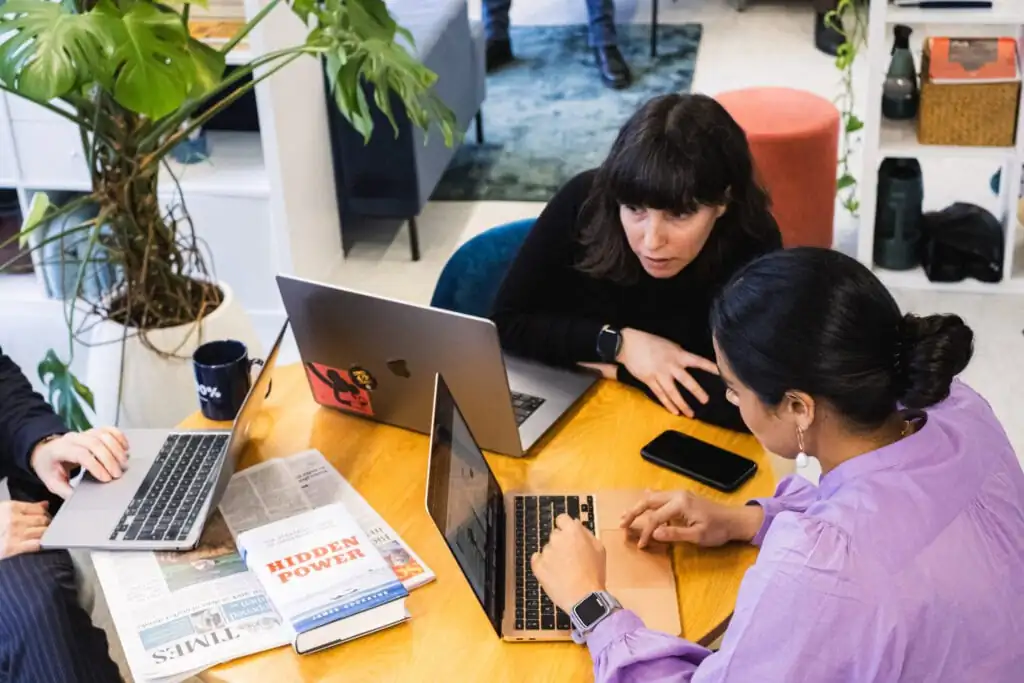Tom Hashemi speaks with {DAN MULLANEY} as part of the {GETTING POLICY UNSTUCK} series, looking at what lessons policy influencers can learn from a transatlantic trade negotiator. Dan is the former Assistant United States Trade Representative for Europe and the Middle East, where he led the negotiations for comprehensive trade agreements with the EU and UK.
#19 Breaking the gridlock: a veteran negotiator’s playbook – Dan Mullaney
Get your internal stakeholders on side before you do anything. Before you begin any negotiation, you need to “unstop the pipes” if you will. In trade negotiations, you start with getting all the agencies around government on board – Commerce, Agriculture, State, Labor, Environment. Then you need to reach out to your Congressional people, the Committees of Jurisdiction, and consult and vet the idea with them. Then you expand out to the broader stakeholder community to make sure the businesses that would benefit from the deal are engaged, and also that you’ve consulted unions and civil society organisations whose equities would be impacted. In other words, get your house in order before you begin any negotiation. If there are differing views, reconcile them.
Understand how other people are looking at the same situation. When a trading partner with whom you are negotiating says or publishes things that get your hackles up (or those of your colleagues), you can’t jump on your first reaction that these people are crazy or they don’t get it. If you back up and look at where they’re coming from, what lived experiences they have, what assumptions they make, and then view their comments through what their own assumptions and thinking is, there’s much more of a basis for understanding. By and large, people are not crazy or stupid, and if you’re deciding within the first five minutes that somebody is crazy or stupid, you’ve got to reassess your own assumptions.
Strong relationships drive successful negotiations. In a negotiation, it’s surprisingly important to get along with the person you’re sitting down with if you want to make progress. We’re adults, professionals, and we have a job to do, so on one level it should just be about sitting down and saying “Okay let’s get on with it, let’s figure out how we get a deal.” But when things get tough, if you like and respect somebody you’re going to try that bit harder to work things out. A lot of forward movement and ‘unsticking’ happens when you’re having a glass of wine after the long negotiating day is over, or walking along the Thames with a coffee, where you can lay out what’s really going on in that room and what the real constraints are. But you both have to trust each other if you’re going to be able to create that space.
Understand the political pressures on the other side. When you get a very lukewarm or negative response to a proposal that you think is a good one, the first impulse might be to say they’re not serious, they’re just engaging in negative politics. But if you understand that there’s an internal dynamic where, for instance, your negotiating partner needs to be sending a signal to their constituents that they’re looking out for their constituents’ interests, it helps you decrypt those messages. It’s quite easy to misinterpret those signals if you don’t understand what the politics and institutional decision-making is on the other side.
You’re not trying to convert – it’s about building bridges. In a trade negotiation, we’re not going to change each other’s institutions or fundamental approaches – you need to figure out how to build bridges between the two. It’s a similar story when it comes to policy. Even when we have issues where we seem to be on different planets ideologically or legally, there’s always a way to build some commonality. You find those commonalities and build on them. The challenge comes when you have a lot of people on both sides who really believe in their system and want their system to win. If you’re casting it in terms of all or nothing, zero-sum, then that’s a challenge to moving things forward.
Proactive communication rules. Between active partners with long histories, there’s lots of baggage and the risk that somebody is going to misread signals is pretty high unless you’re really knowledgeable about the other side. I’ve had a lot of experience where we’re about to do something and make an announcement, and we know the other side is going to react very badly and probably misinterpret it. It’s very important to reach out to a counterpart that you trust and say “Okay, look, this thing you may see – here’s the context and here’s why it’s being done. It’s maybe not how some folks on your side might read it.”
The messenger is as important as the message. Of course you want to put the facts out there when you’re trying to shift perspectives on controversial issues. But you need to consider whether you are the right person or organisation to do that. The messenger is as important as the message. If you’re not the right entity to be out there shouting from the rooftops, don’t do it. Find those like-minded entities or people that have more credibility and cultivate them.





